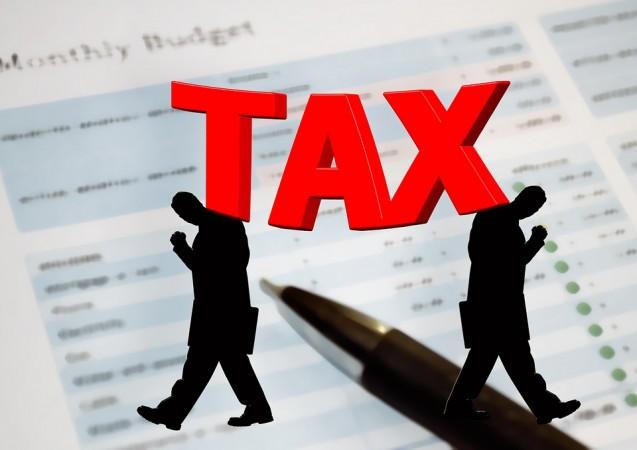
A smart tax saving investment not only saves the investor tax, but also earns a good return on the investment.
As we enter into a new financial year, lets take a look at some of the key tax saving instruments that meets our goals and needs.
Tax-saving mutual funds
Depending on the existing asset allocation of a portfolio and how much equity is needed in it, equity-linked savings schemes (ELSS) work well. The lock-in these schemes is 3 years. Equity as an asset class gives returns over time, and hence a 3-year lock-in is not so bad.
Public Provident Fund
PPF is a good low-risk investment product, which currently offers 7.6 percent returns. This is tax-free at withdrawal and saves taxes under Section 80C. This investment is a long-term one with a tenure of 15 years, extendable by 5-year tranches. So, the money gets locked in, though one may be able to withdraw some portions satisfying certain conditions. PPF is a good way to invest for the long term, especially for one's retirement.
National Pension System
NPS is a contributory scheme from which one can get an annuity after the age of 60. Contributions get tax benefit under section 80C up to Rs 1.5 lakh, and for another Rs 50,000 under section 80CCD (1B). Through NPS, one can invest in equity as well as debt as per one's choice. It is also a low-cost product.
Preference shares
Purchasing preference shares of companies from the market yields tax-free (up to Rs 10 lakh) assured dividends. Often, the yields by way of such dividends are equivalent to the market yield on taxable instruments.
If you buy the preference shares cum dividend just before the ex-dividend record date, and hold on to them for at least 3 months after the record date (so that the dividend-stripping provisions do not apply), you may also incur a short-term capital loss, which you can set off against your other taxable capital gains.
(With inputs from Value Research)















